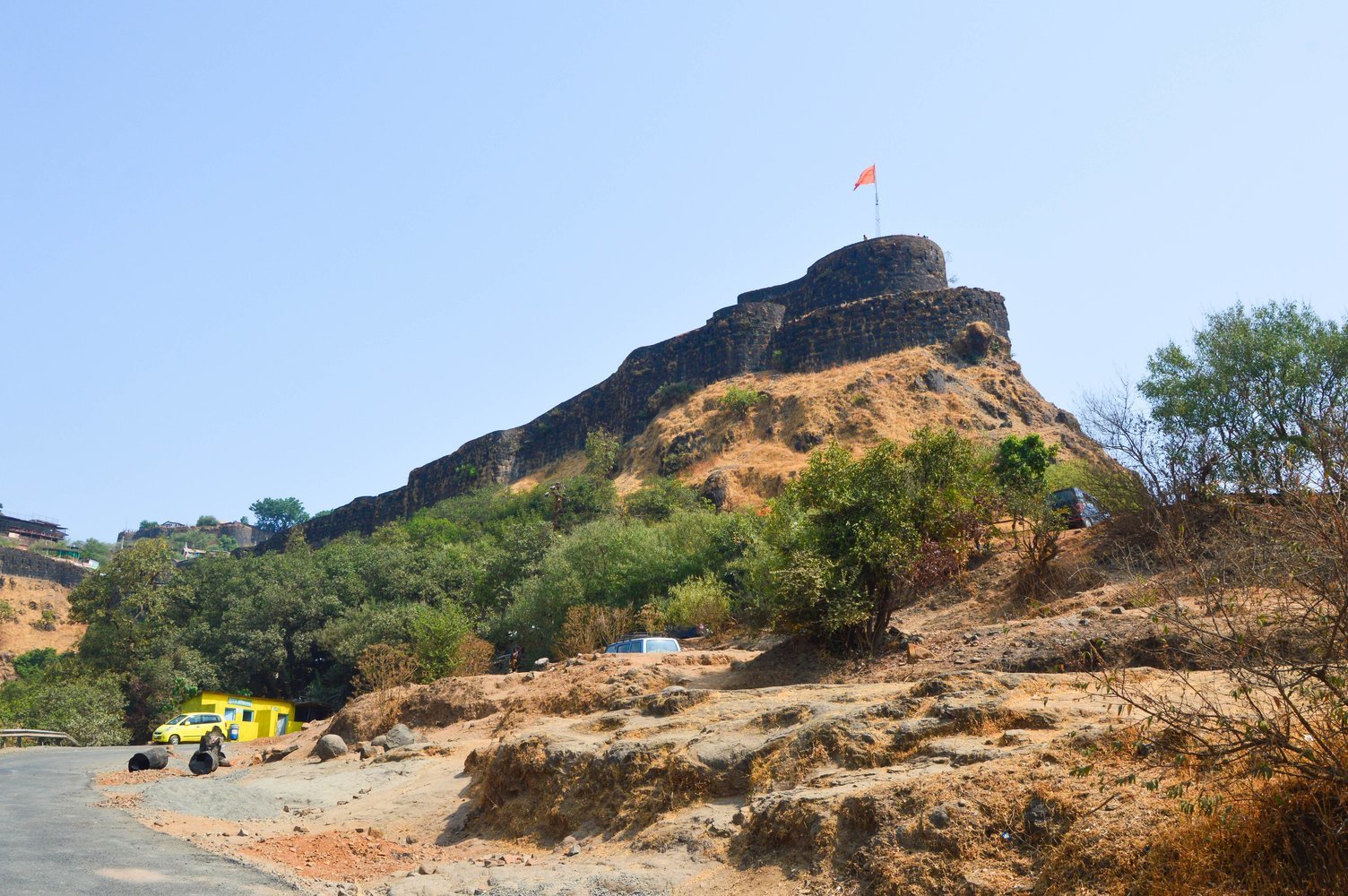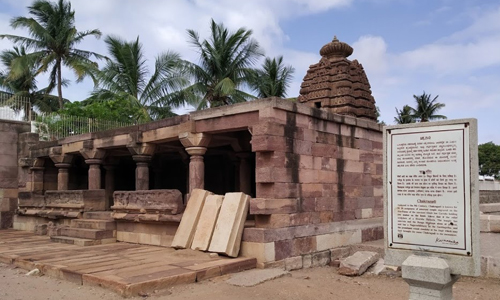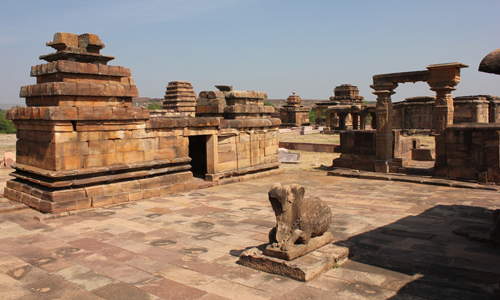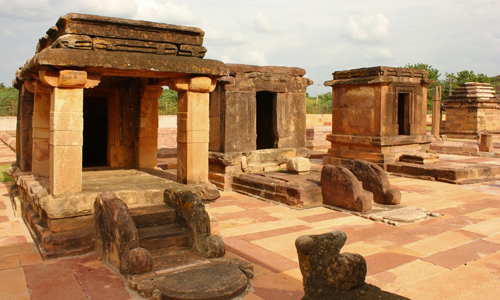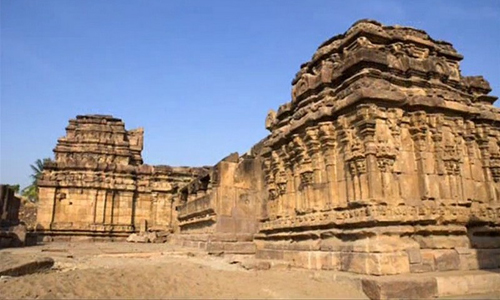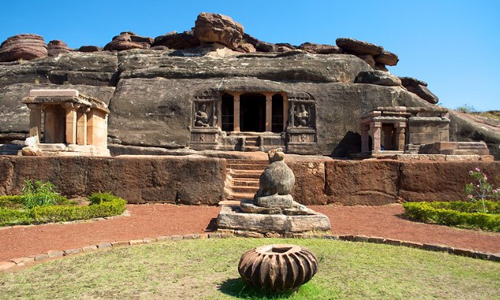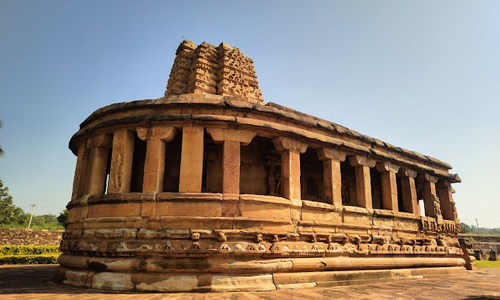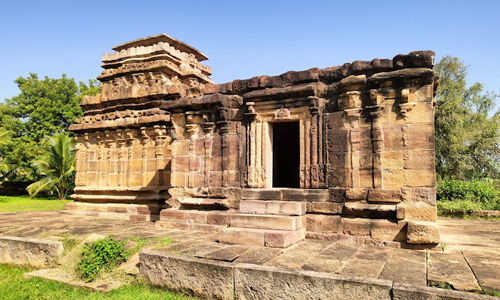This 7th-century Hucchimalli Temple features Lord Shiva, Vishnu, and Brahma. The settlement of Aihole is to the north of it. The steep water well and the elaborate carvings of Karttikeya and his attendants are two of this temple's most distinctive characteristics. Along with carvings of the goddesses Ganga and Yamuna, the temple also features Brahma, Garuda, and Surya representations.
Aihole is now a well-known hub for elaborate masonry and temple building. Hucchimalli Temple is one of the places to visit in Aihole.
Structure
Shiva is the subject of the Hindu temple famous as Hucchimalli Gudi. The temple is tiny but has architectural features like a mukha-mandapa and a sabha-mandapa. It also has a gabha-griha that is important for later Hindu temples.
The temple, which has kama/artha scenes like romantic lovers, was probably constructed between the sixth and eighth centuries. The temple has statues of Garuda, Brahma, and Surya. Goddess Ganga and Yamuna carvings at the main shrine's entrance are destroyed. The sabha-mandapa, apparently used for social gatherings like weddings, bears pictures of Indra and Kubera.
On the temple ceiling is a carving of the one-headed Kartikeya riding a peacock dressed in battle armour and accompanied by dancing angels. A water storage tank for city use is close to the shrine. The temple features pictures of Durga slaying Mahishasuramardini, the buffalo monster. Additionally on display are the tank and panels featuring Panchatantra tales.
The best time to visit Hucchimalli Temple
The best time to visit Aihole is from October to March since the weather is excellent and visitors have a great time. In December and January, the temperature is only mildly to moderately cold. The months of April through September are scorching and unsuitable for travel. When planning the Aihole tour package, remember to include the Hucchimalli temple in your itinerary.


